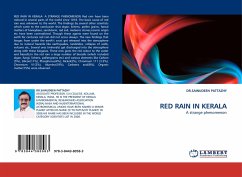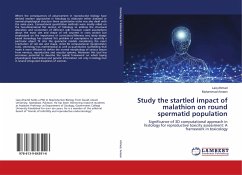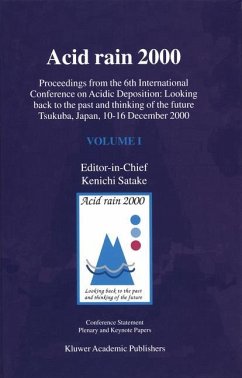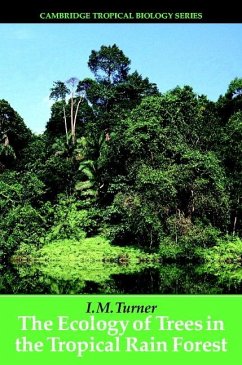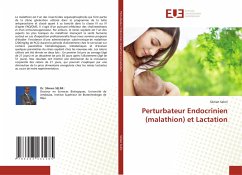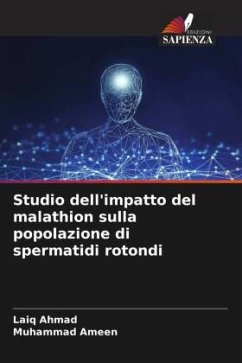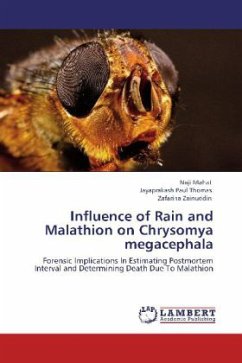
Influence of Rain and Malathion on Chrysomya megacephala
Forensic Implications In Estimating Postmortem Interval and Determining Death Due To Malathion
Versandkostenfrei!
Versandfertig in 6-10 Tagen
32,99 €
inkl. MwSt.

PAYBACK Punkte
16 °P sammeln!
Chrysomya megacephala (Fabricius) is the earliest and the most prevalent necrophagous species found infesting dead bodies in Malaysia followed by Chrysomya rufifacies (Macquart). Similar to the other dipterans, the developmental stages of C. megacephala is prone to alter in response to environmental conditions. However, the possible influences of the environmental conditions prevailing in tropical countries like Malaysia on the development of this species have not been reported. In addition, malathion being the most prevalent poison used for suicidal purposes in many countries including Malays...
Chrysomya megacephala (Fabricius) is the earliest and the most prevalent necrophagous species found infesting dead bodies in Malaysia followed by Chrysomya rufifacies (Macquart). Similar to the other dipterans, the developmental stages of C. megacephala is prone to alter in response to environmental conditions. However, the possible influences of the environmental conditions prevailing in tropical countries like Malaysia on the development of this species have not been reported. In addition, malathion being the most prevalent poison used for suicidal purposes in many countries including Malaysia, its influence on the larvae of C. megacephala and the possible impact on death investigations deserve to be studied. Considering the potential scope for utilizing entomological data in practical crime investigations in Malaysia, this research was designed covering the two broad aspects relating to estimating postmortem interval and determining death due to malathion.



